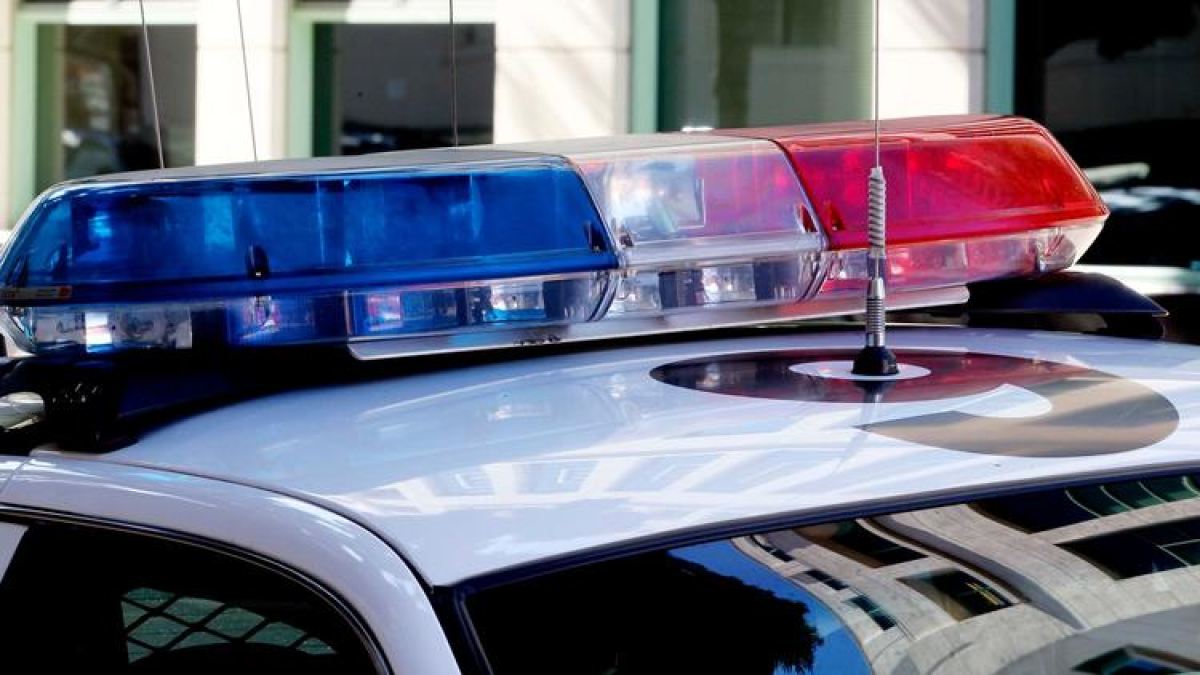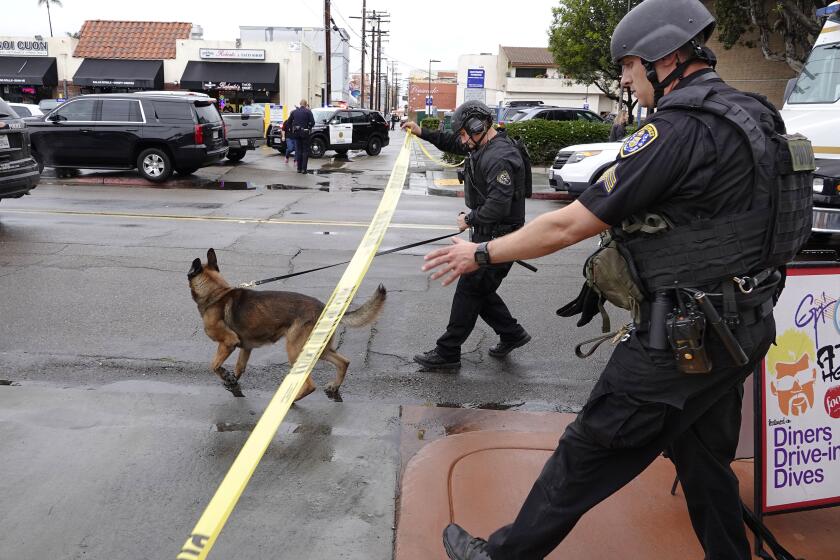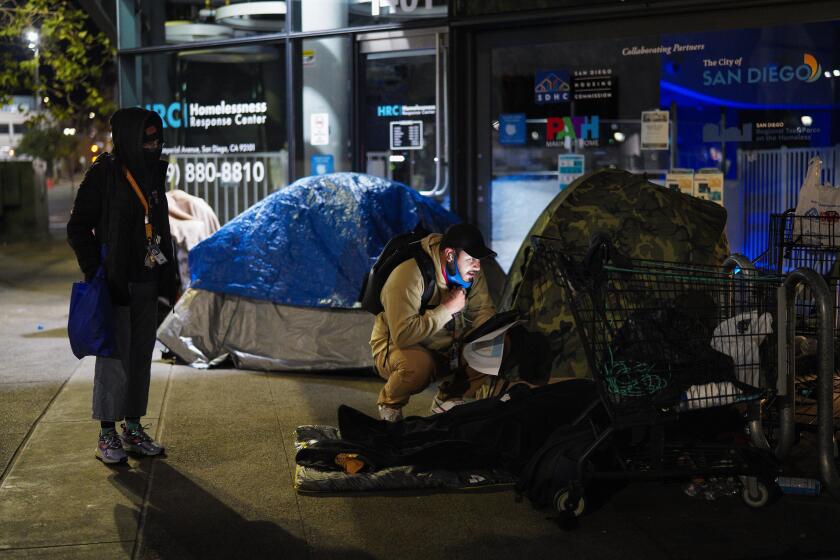Opinion: Officials need to stop stalling on a new surveillance ordinance for San Diego police

Regrettably, because the technology ordinance has not been enacted, the contract with ShotSpotter was allowed to expire by our elected officials.
Zimmerman is a former San Diego chief of police. She retired in 2018 after 35 years with the San Diego Police Department.
There has always been a delicate balance between new technology and civil liberties — especially when it comes to policing. Over my three decades serving in the San Diego Police Department, I saw firsthand how technology fundamentally improved law enforcement and provided significantly greater protection for our communities.
Militarized police are more willing to use force and violence during police-community interactions.
We provide this platform for community commentary free of charge. Thank you to all the Union-Tribune subscribers whose support makes our journalism possible. If you are not a subscriber, please consider becoming one today.
When I first joined the department in 1982, I carried a pocketful of dimes and later quarters and often used payphones to obtain information. I used a Thomas Guide to respond to the numerous calls from our public. When cellphones replaced pagers, and when computers equipped with mapping and other technological systems became a standard piece of equipment inside a patrol car, police officers became more efficient and effective serving our communities. Many years later, SDPD became our nation’s largest department at the time to outfit officers with body cameras.
Today, the use of technology that can help improve community and officer safety has come to a grinding halt. The San Diego City Council unanimously approved a surveillance technology ordinance, which would determine the technologies the SDPD is allowed to use, in November 2020. The problem is the details of the ordinance are still not done, leaving the police department in a holding pattern during the delay.
Last month, Mayor Todd Gloria said during his State of the City address that he would be “forwarding to City Council a privacy ordinance that will allow us to deploy technology to keep communities safe without infringing on their privacy rights.” But it has been 15 months since the ordinance was first proposed. During this time, what hasn’t stopped is gunfire, violence and rising crime.
Read another perspective on this issue:
The Transparent and Responsible Use of Surveillance Technology (TRUST) ordinances will accomplish two important goals.
Last year, San Diego saw double-digit increases in crime against people and property. With their inaction, these elected officials are keeping essential tools from the police, threatening our public safety by giving criminals an unfair advantage.
One in particular that has been deactivated because of the stalled surveillance ordinance is a technology used responsibly by SDPD for years to respond to violent crime.
While I was chief of police, and with the support of then-San Diego Mayor Kevin Faulconer, the city entered into an agreement with ShotSpotter to install a gunshot detection system in the areas with the highest percentage of gun-related crime.
With this system, officers were immediately notified about potential gunfire. This enhanced the safety of both officers and citizens by improving responses to these critical incidents. ShotSpotter also provided essential data about incidents, including the number of rounds fired, and it narrowed the potential crime scene that could be investigated.
The sooner an officer can arrive at the location, the sooner that officer can provide aid to victims and collect evidence that greatly helps investigations and the apprehensions of suspects. This technology is essential to reducing gun violence, especially when many community members fail to consistently report gunfire to police.
Regrettably, because the technology ordinance has not been enacted, the contract with ShotSpotter was allowed to expire by our elected officials. With the increase in gun violence, this was a shortsighted decision that has produced a permissive environment that reduces the risks to criminals of being accountable for their crimes.
If the mayor and City Council are hoping violent crime will stop on its own, it won’t. If they are delaying hoping all stakeholders will agree on the exact wording of the ordinance, this is also unlikely to happen.
In 2018, I opposed Senate Bill 1186, a proposed state law that would have severely restricted local law enforcement, and I expressed my views in an opinion piece for The San Diego Union-Tribune. I was relieved when this legislation was defeated because it would have produced outcomes already being experienced by cities where local officials enacted similar legislation.
Like the defund the police movement, cities that passed overly restrictive and inefficient technology ordinances are now looking to amend their ordinances in an effort to combat rising crime.
If essential tools are being kept from the police, advantages are being given to those who commit crimes, and innocent victims are left wondering why their crimes remain unsolved. That benefits no one.
I urge the mayor and City Council to act now with urgency and develop a thoughtful surveillance ordinance that gives the police department the tools it needs to help protect our community.
We must all work together for all our neighborhoods to thrive. The wedge being driven between the police and the community must be closed because, as the old saying goes, a society that makes war against its police had better learn to make friends with its criminals.
Get Weekend Opinion on Sundays and Reader Opinion on Mondays
Editorials, commentary and more delivered Sunday morning, and Reader Reaction on Mondays.
You may occasionally receive promotional content from the San Diego Union-Tribune.









